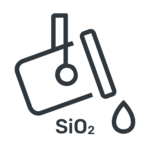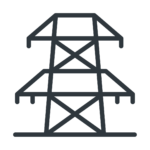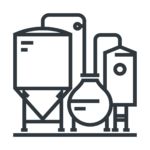NFPA 2112

AMERICAN FLAME RESISTANCE STANDARD FOR PERSONAL FIRE-RESISTANT PROTECTIVE GARMENTS
The NFPA 2112 standard specifies the basic minimum requirements and test methods for flame resistance for personal fire-resistant protective garments.
REQUIREMENTS FOR NFPA 2112 STANDARD CERTIFICATION
ASTM F2700
Thermal Protective Performance (HTP) > 6.0 cal/cm2 and 3.0 cal/cm2:
Fabric should be tested as received and after 3 washings.
Requirements to comply with:
- Spaced HTP > 25 J/cm2 (6.0 cal/cm2).
- Contact HTP > 12,6 J/cm2 (3.0 cal/cm2).
The test consists of applying a combination of radiant and convective heat.
ASTM D6413
-
- Char length ≤ 100 mm (in any direction).
- After-flame < 2 s.
- No melting and dripping.
| Weight of the fabric | Weight to be applied |
| 68 – 203 g/m (2 – 6 oz/yd2) | 100 g (4 oz) |
| 203 – 508 g/m (6 – 15 oz/yd2) | 200 g (8 oz) |
| 508 – 780 g/m (15 – 23 oz/yd2) | 300 g (12 oz) |
| > 780 g/m (> 23 oz/yd2) | 475 g (16 oz) |
Fabric should be tested as received and after 3 washings.
Test is done at 260ºC during 5 min.
Requirements to comply with:
- Thermal shrinkage < 10%.
- No melting and dripping.
- No separation of layers.
- No ignition.
ASTM F1930
Manikin Test. Predicted burning area of burn injury (2nd and 3rd degree) < 50%.
Three garments should be tested after 1 washing.
The design of the garments is defined by the standard.
Garments are tested together with standard undergarments: briefs of 100%CO of 170 g/m2 and a T-shirt of 100%CO of 140 g/m2.
Exposure time: 3 seconds.
Heat flux: 84 KW/m2
Predicted burn injury on the total area of the manikin, except hand and feet. For this test, therefore, the head, is included in the calculations.
Number of tests: 3


















